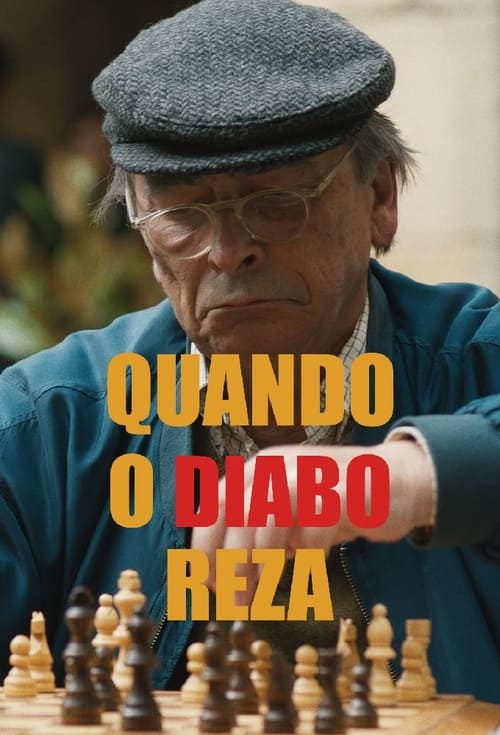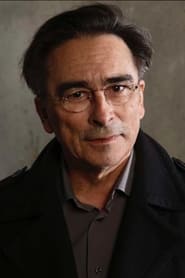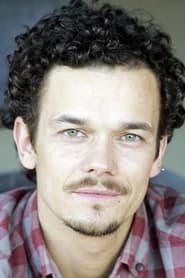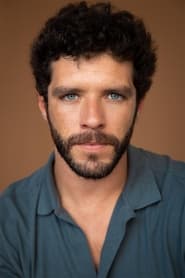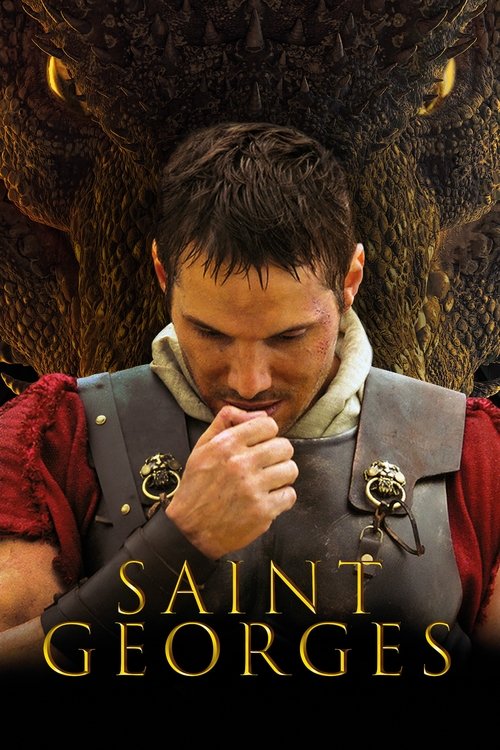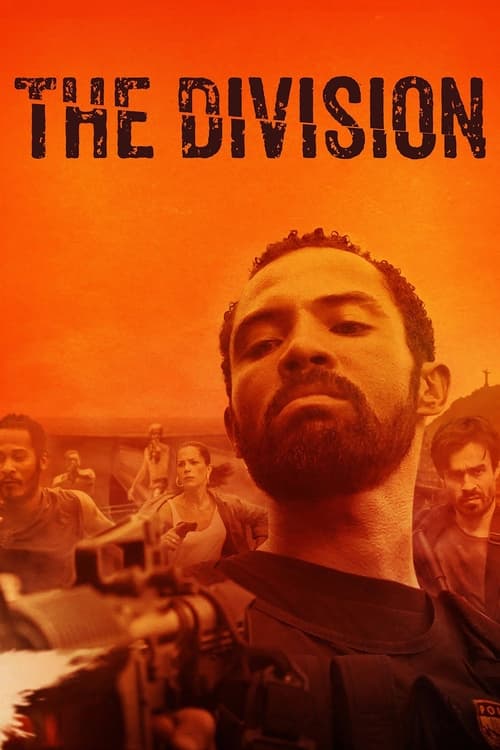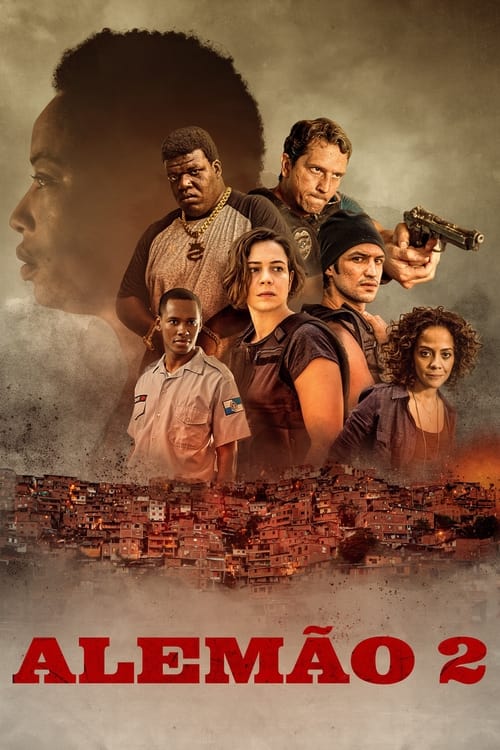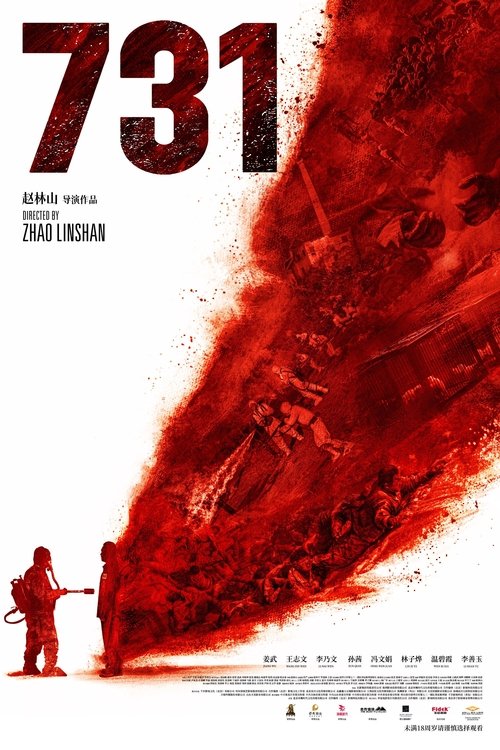
Ask Your Own Question
What is the plot?
What is the ending?
In the ending of "Quando o Diabo Reza," the main character, a man named Pedro, confronts the consequences of his past actions. After a series of intense events, he faces a moral reckoning that leads to a tragic resolution. The film concludes with Pedro making a significant sacrifice, ultimately leading to a bittersweet closure for him and the other characters involved.
As the final act unfolds, the atmosphere is thick with tension. Pedro, having navigated through a labyrinth of guilt and redemption, finds himself at a crossroads. The scene opens with him standing alone in a dimly lit room, the shadows reflecting the weight of his choices. He is haunted by memories of his past, particularly the moments that led him to this point of despair. The camera lingers on his face, capturing the turmoil within him as he grapples with the consequences of his actions.
In the next scene, Pedro encounters his estranged family, who have been affected by his decisions. The emotional stakes are high as he attempts to reconcile with them. The dialogue is charged with raw emotion, revealing the pain and disappointment that has built up over the years. Pedro's internal struggle is palpable; he yearns for forgiveness but is acutely aware of the hurt he has caused. The tension in the room is almost suffocating as they confront the reality of their fractured relationships.
As the climax approaches, Pedro makes a fateful decision. He realizes that to truly seek redemption, he must take responsibility for his past. This moment is marked by a powerful visual metaphor: he steps into the light, symbolizing his willingness to face the truth, no matter how painful. The music swells, heightening the emotional impact as he prepares to make the ultimate sacrifice.
In the final scenes, Pedro's sacrifice is both literal and metaphorical. He puts himself in harm's way to protect those he loves, showcasing his transformation from a man burdened by guilt to one who is willing to fight for redemption. The camera captures the intensity of the moment, with close-ups of his determined expression and the fear in the eyes of his family. The stakes have never been higher, and the audience is left on the edge of their seats.
As the dust settles, the aftermath of Pedro's actions unfolds. The film closes with a poignant scene of his family coming together, united in their grief but also in their newfound understanding. They stand together, a visual representation of healing and hope, despite the scars of the past. Pedro's fate is left ambiguous, but his sacrifice has sparked a change in those he leaves behind. The final shot lingers on the family, a testament to the enduring power of love and the possibility of redemption, even in the face of tragedy.
Is there a post-credit scene?
In the movie "Quando o Diabo Reza," there is indeed a post-credit scene that adds an intriguing layer to the narrative. After the credits roll, the screen fades back in to reveal a dimly lit room filled with shadows. The atmosphere is thick with tension, and the sound of a faint, rhythmic tapping echoes in the background.
The camera slowly pans to a figure seated at a table, their face obscured by darkness. As the light shifts, it becomes clear that this is a character who has been pivotal throughout the film, but their intentions remain shrouded in mystery. They are flipping through a series of old photographs, each depicting moments from the main characters' lives, hinting at a deeper connection to the events that transpired.
The character pauses on a particular photo, a look of contemplation crossing their face. A smirk forms as they whisper a cryptic phrase, suggesting that the story is far from over and that their influence will continue to loom over the protagonists. The scene closes with a close-up of the photo, revealing a haunting image that ties back to the film's central themes of fate and consequence.
This post-credit scene leaves the audience with a sense of unease and anticipation, hinting at potential future conflicts and the lingering presence of dark forces in the characters' lives.
What motivates the main character, Pedro, to confront his past?
Pedro is driven by a deep sense of guilt and unresolved trauma stemming from a tragic event in his childhood. As he navigates his current life, the haunting memories of his past compel him to seek redemption and closure, pushing him to confront the demons that have plagued him for years.
How does the relationship between Pedro and his estranged father evolve throughout the film?
Initially marked by tension and resentment, the relationship between Pedro and his father begins to shift as they are forced to confront their shared history. Through a series of emotionally charged encounters, they gradually open up about their pain, leading to moments of vulnerability that allow for healing and understanding.
What role does the supernatural element play in Pedro's journey?
The supernatural element manifests through visions and encounters with a mysterious figure that represents Pedro's guilt and fears. These experiences serve as catalysts for his internal struggle, forcing him to confront the consequences of his actions and ultimately guiding him towards self-acceptance.
How does the character of Clara influence Pedro's decisions?
Clara serves as a grounding force in Pedro's life, embodying compassion and understanding. Her unwavering support and belief in his potential encourage him to face his fears and take responsibility for his past, ultimately influencing his journey towards redemption.
What is the significance of the recurring motif of prayer in the film?
Prayer acts as a symbolic thread throughout the narrative, representing both Pedro's search for forgiveness and his struggle with faith. It highlights his internal conflict between seeking divine intervention and grappling with the consequences of his actions, ultimately reflecting his desire for redemption.

